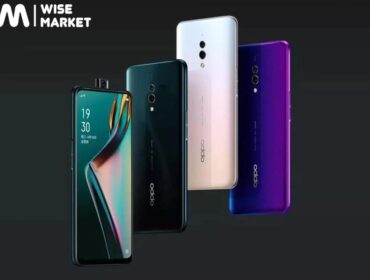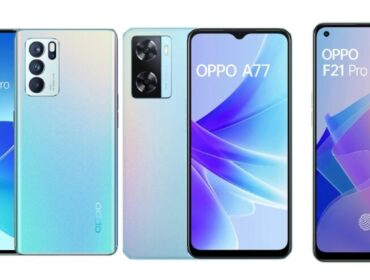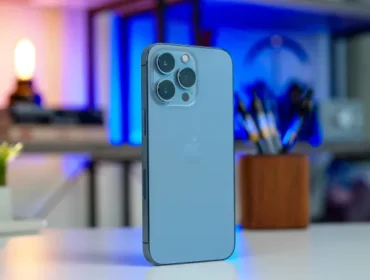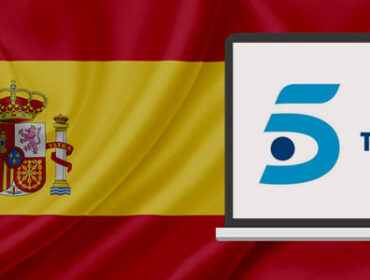In today’s digital age, video content is king. With the rise of social media platforms like YouTube, TikTok, and Instagram, creating video content has become an essential part of digital marketing.
But creating great video content is only half the battle. To ensure that your videos get the attention they deserve, you need to optimize your video titles, descriptions, and tags for more YouTube likes.
In this article, we will guide you through the best practices for optimizing your video titles, descriptions, and tags for more likes.
1. Understanding the Importance of Video Titles, Descriptions, and Tags
Video optimization is crucial for ensuring that your content reaches a wider audience and generates more engagement.
When it comes to video optimization, the title, description, and tags are three critical elements that can significantly impact your video’s performance.
The title of your video is the first thing that viewers will see, and it’s essential to make it attention-grabbing and informative.
A good video title should be short and concise, ideally under 60 characters, and should accurately represent the content of your video.
Use relevant keywords in your video title to help it rank higher in search results and attract viewers who are interested in your content.
The video description is another essential element of video optimization. The description should provide a summary of your video’s content and include relevant keywords to help your video rank higher in search results.
Use the first few sentences of your video description to provide a brief overview of your video’s content and encourage viewers to watch.
You can also include calls-to-action (CTAs) in your video description to encourage viewers to engage with your content.
Tags are another important element of video optimization, as they help your video appear in search results for relevant keywords.
Use a mix of broad and specific tags to ensure that your video is discoverable to a wide audience. You can also use competitor analysis tools to identify popular tags used by other creators in your niche.
To optimize your videos further, it’s essential to use best practices for optimization on each platform. For example, on YouTube, you should use custom thumbnails to grab viewers’ attention and encourage clicks.
On TikTok, using popular hashtags can increase your video’s discoverability, while on Instagram, editing tools can help you create visually stunning videos.
Finally, it’s crucial to measure the performance of your videos using analytics tools like YouTube Analytics, TikTok Analytics, and Instagram Insights.
Analyzing your video’s performance can help you identify trends and patterns that can inform your future video optimization strategy.
2. Researching Relevant Keywords for Video Optimization
Before you start creating your video titles, descriptions, and tags, it’s essential to research relevant keywords. Keywords are the terms and phrases that people use to search for content online.
By including relevant keywords in your video titles, descriptions, and tags, you can ensure that your video is discoverable to the right audience.
There are several tools available that can help you research relevant keywords, including Google Keyword Planner, SEMrush, and Ahrefs.
3. Crafting Compelling Video Titles for More Likes
Your video title is the first thing viewers will see when browsing through content. A well-crafted video title can grab the viewer’s attention and entice them to watch your video.
To create a compelling video title, make sure it accurately reflects the content of your video and includes relevant keywords.
Keep your title short and concise, and use active language to make it more engaging. You can also use numbers, questions, and emotional words to make your video title stand out.
4. Writing Effective Video Descriptions to Boost Engagement
Video descriptions are an opportunity to provide more context and information about your video. They can also help boost engagement by providing viewers with a call-to-action (CTA).
To write an effective video description, make sure it accurately reflects the content of your video and includes relevant keywords.
Use short paragraphs and bullet points to make it easy to read, and include a CTA that encourages viewers to engage with your content.
5. Tagging Your Videos for Maximum Discoverability
Tags help search engines understand the content of your video, making it more discoverable to the right audience.
When tagging your videos, make sure to include relevant keywords and phrases. Use a mix of broad and specific tags to ensure that your video is discoverable to a wide audience.
You can also use tags to describe the format of your video, such as “tutorial” or “how-to.”
6. Using Analytics to Measure Your Video Performance
To optimize your video titles, descriptions, and tags for more likes, it’s essential to measure the performance of your videos.
Use analytics tools like YouTube Analytics, TikTok Analytics, and Instagram Insights to track your video’s views, engagement, and audience demographics.
Analyze your video’s performance to identify trends and patterns that can inform your future video optimization strategy.
7. Best Practices for Video Optimization on YouTube
YouTube is the second-largest search engine after Google, making it an essential platform for video optimization.
To optimize your videos on YouTube, use relevant keywords in your video title, description, and tags. Use custom thumbnails to grab viewers’ attention and encourage clicks.
Encourage viewers to engage with your content by including CTAs in your video description and end screens.
8. Best Practices for Video Optimization on TikTok
TikTok is a popular social media platforms that has quickly become a hub for short-form video content.
To optimize your videos on TikTok, use popular hashtags to increase your video’s discoverability.
Use engaging video captions to grab viewers’ attention and encourage engagement. Collaborate with other TikTok creators to increase your video’s reach.
9. Best Practices for Video Optimization on Instagram
Instagram is a visual-first social media platforms that allows users to share both photos and videos.
To optimize your videos on Instagram, use relevant hashtags to increase your video’s discoverability.
Use Instagram’s editing tools to create visually stunning videos that grab viewers’ attention. Collaborate with other Instagram creators to increase your video’s reach.
Conclusion
Optimizing your video titles, descriptions, and tags for more likes is a critical component of video optimization.
By understanding the importance of these elements and using best practices for optimization on various social media platforms, you can significantly increase the visibility of your videos and improve engagement.
Use analytics to measure your video’s performance and inform your optimization strategy for future videos.
FAQs
-
What is the best length for a video title?
- Video titles should be short and concise, ideally under 60 characters.
-
Can I use the same tags for all of my videos?
- While you can use some of the same tags for all of your videos, it’s essential to use a mix of broad and specific tags to ensure that your video is discoverable to a wide audience.
-
How often should I post videos?
- It’s essential to post videos consistently, but the frequency depends on the platform and your audience. On YouTube, it’s recommended to post at least once a week.
-
How do I know which keywords to use in my video titles, descriptions, and tags?
- Use keyword research tools like Google Keyword Planner, SEMrush, and Ahrefs to identify relevant keywords for your video content.
-
Can I optimize old videos with new titles, descriptions, and tags?
- Yes, it’s possible to optimize old videos with new titles, descriptions, and tags. Updating your old videos can help improve their visibility and engagement.











